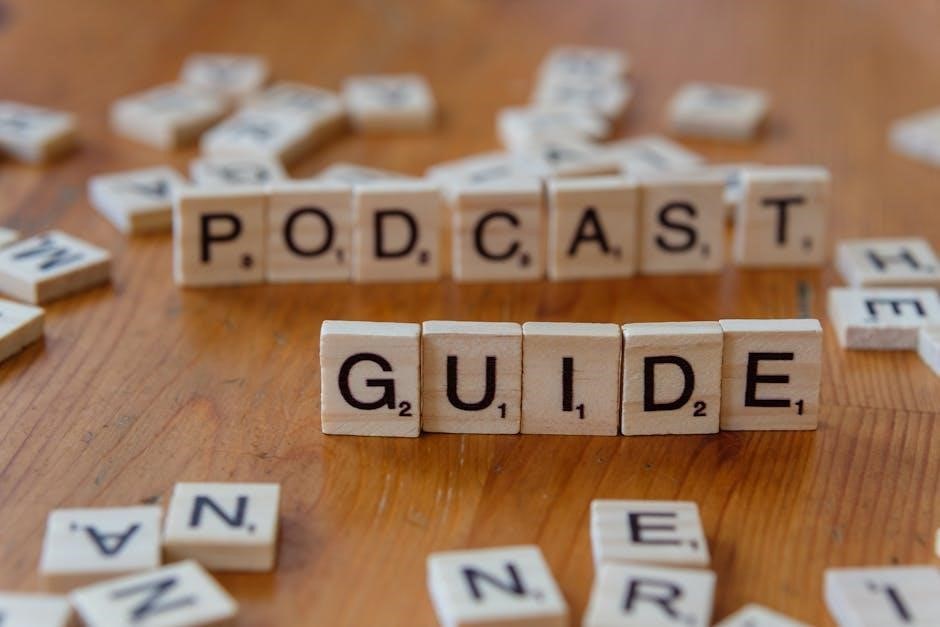trampoline instruction manual
- Published
- in Manuals
Trampoline safety is paramount to minimize risks and ensure a fun experience. Always follow guidelines to create a safe environment and foster enjoyable, responsible trampoline usage.
1.1. General Safety Tips
Always inspect the trampoline before use to ensure all parts are secure and undamaged. Ensure the area around the trampoline is clear of obstacles and hazards. Supervise children during use, especially younger ones, to prevent accidents. Avoid somersaults or flips without proper training, as they can lead to serious injuries. Never allow more than one person on the trampoline at a time to reduce collision risks. Use the ladder safely and ensure it is securely attached. Keep the trampoline away from overhead objects like trees or power lines. Regularly check and tighten bolts and screws to maintain stability. Follow all safety guidelines to ensure a safe and enjoyable experience for everyone.
1.2. Precautions Before Use
Before using the trampoline, inspect it for any damage, such as holes in the mat, loose springs, or torn padding. Ensure all parts, including the frame and enclosure, are securely attached. Clear the surrounding area of obstacles like furniture, trees, or power lines. Supervise children at all times to prevent accidents. Avoid using the trampoline in harsh weather conditions like strong winds or rain. Ensure users remove sharp objects or jewelry that could cause injury. Always read and follow the manufacturer’s instructions for weight limits and usage guidelines. Regularly check the trampoline’s condition to maintain safety and longevity. Proper preparation ensures a safe and enjoyable experience.
1.3. Safety Warnings and Cautions
Always follow safety warnings to minimize risks. Never exceed the maximum weight capacity, as this can lead to structural damage or injury. Avoid performing somersaults or flips without proper training, as they increase the risk of serious harm. Ensure only one person jumps at a time to prevent collisions. Adults must supervise children during use. Do not use the trampoline if any parts are damaged or worn out. Regularly inspect the frame, springs, and mat for wear and tear. Keep the area around the trampoline clear of obstacles. Failure to adhere to these warnings can result in severe injury or void the warranty. Safety must always come first.
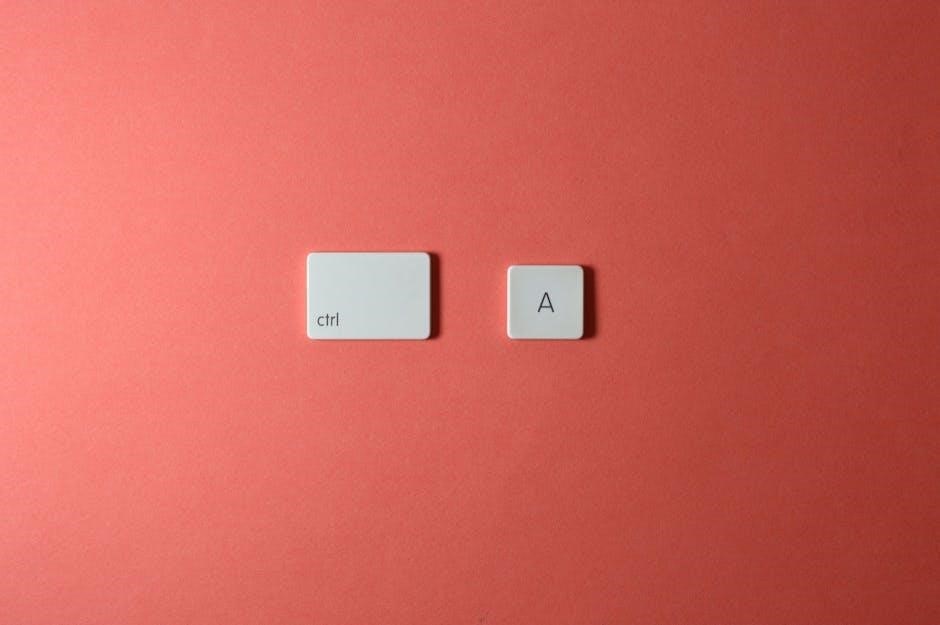
Assembly Instructions
Proper assembly is crucial for safety and durability. Gather all tools and parts, then follow the step-by-step guide carefully. Tighten all Allen screws securely after assembly.
2.1. Tools and Parts Required
To assemble your trampoline, ensure you have all necessary tools and parts. Tools include an Allen wrench, screwdrivers, and a rubber mallet. Parts include frame segments, springs, the trampoline mat, enclosure net, and poles. Additionally, check for hardware like bolts, nuts, and washers. Verify the spring pull tool is included for secure spring attachment. Ensure all components are accounted for before starting assembly. Refer to the parts list in the manual to confirm completeness. Missing or damaged items should be addressed before proceeding to avoid delays or safety risks. Proper organization of tools and parts will streamline the assembly process.
2.2. Step-by-Step Assembly Process
Begin by laying out the frame pieces and attaching the legs using the provided bolts. Tighten all connections securely with an Allen wrench. Next, align the frame segments and connect them using the T-connector clips. Once the frame is stable, attach the springs to the mat, ensuring each spring is hooked securely to both the frame and mat. After attaching all springs, move on to installing the enclosure net by threading the poles through the net sleeves and standing them upright around the frame perimeter. Finally, tighten all connections and ensure the structure is stable before allowing use. Always follow the manual for precise instructions.
2.3. Anchoring the Trampoline
To ensure stability and prevent tipping, anchor the trampoline securely to the ground. Use the provided stakes or anchors, driving them into the soil around the trampoline’s perimeter. Each stake should be positioned at a 45-degree angle, about 12 inches away from the frame. Tighten until the stake head is flush with the ground. For added stability, check the manual for recommended anchor depth. Regularly inspect the anchors to ensure they remain tightly secured, especially after heavy use or extreme weather conditions. Proper anchoring is crucial for safety and longevity of the trampoline. Follow the manufacturer’s guidelines for optimal results.
2.4. Attaching the Safety Enclosure
The safety enclosure is a critical component to prevent falls and injuries. Start by attaching the net to the trampoline frame using the provided straps or ropes. Ensure the net is tightly secured at each connection point to eliminate gaps. Begin at the bottom and work your way up for a snug fit. Use heavy-duty straps or springs to fasten the net to the frame, following the manufacturer’s instructions. Regularly inspect the enclosure for wear and tear, such as frayed straps or loose connections. Replace any damaged parts immediately to maintain safety. Always ensure the enclosure is fully closed before use to prevent accidents.
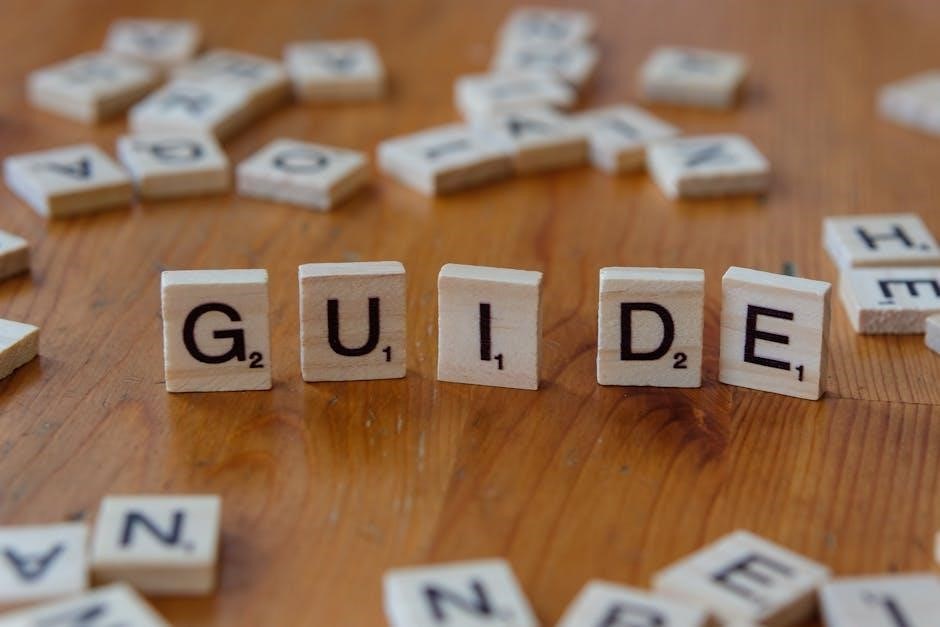
Maintenance and Care
Regular maintenance is essential to ensure the trampoline remains safe and durable. Clean the mat and frame with a damp cloth and inspect for wear regularly.
3.1. Daily Maintenance Tasks
Daily inspections are crucial to ensure the trampoline remains safe and functional. Before each use, check for loose screws, worn springs, and any damage to the mat or net. Remove debris, leaves, or water accumulation from the surface to prevent slipping and damage. Ensure all safety pads are securely attached and the enclosure net is tightly fastened. Regularly tighten any bolts or Allen screws to maintain frame stability. Additionally, clean the trampoline mat with a mild detergent to avoid dirt buildup that could cause degradation. These daily tasks help extend the lifespan and ensure a safe jumping experience for all users.
3.2. Regular Cleaning Instructions
Regular cleaning is essential to maintain your trampoline’s condition and ensure safety. Start by sweeping or blowing leaves and debris off the mat. Use a mild detergent mixed with warm water to gently scrub the mat, removing dirt and stains. Avoid harsh chemicals or abrasive cleaners, as they may damage the material. For the frame, wipe it down with a damp cloth to remove dirt and rust-proof coatings. Clean safety pads with a soft brush and mild soap solution. Allow all parts to dry thoroughly after cleaning to prevent mold or rust. Regular cleaning protects the trampoline from wear and tear, ensuring it remains safe and functional for years.
3.3. Inspecting for Wear and Tear
Regular inspections are crucial to identify wear and tear on your trampoline. Check the mat for holes, frays, or fading, and ensure springs are tightly attached. Examine the frame for rust or dents, and verify all bolts are secure. Inspect the safety enclosure net for tears or loose connections. Look at padding for signs of deterioration or detachment. Replace any worn or damaged parts immediately to prevent accidents. A thorough inspection before each use ensures the trampoline remains safe and durable, extending its lifespan and providing peace of mind for users. Schedule regular checks to maintain optimal condition and safety standards.
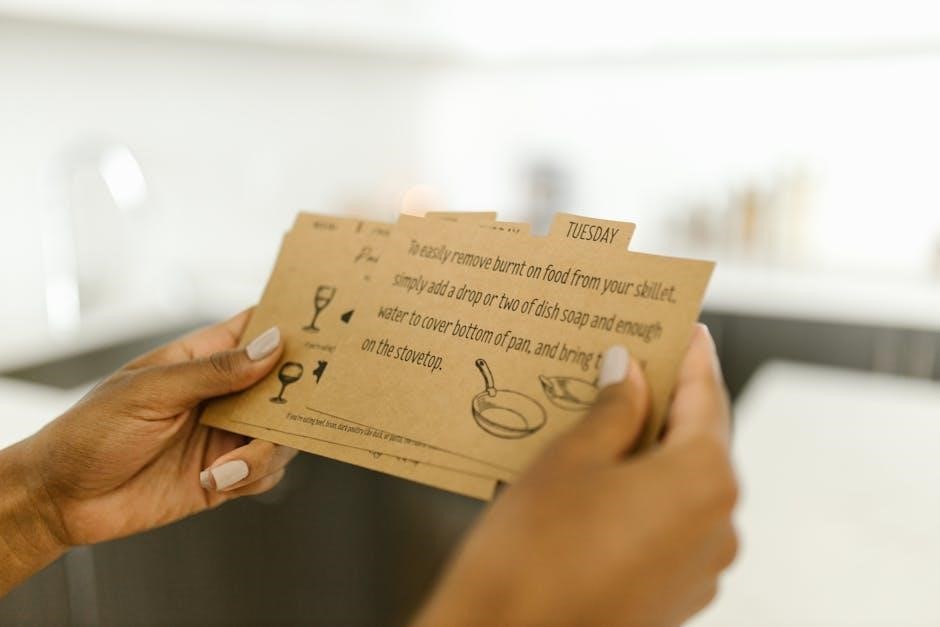
Usage Guidelines
Follow essential guidelines to ensure safe and enjoyable trampoline use. Adhere to weight limits, avoid somersaults, and supervise children. Proper techniques and controlled landings prevent injuries.
4.1. Proper Jumping Techniques
Mastering proper jumping techniques is crucial for a safe and enjoyable trampoline experience. Start with small jumps, keeping your knees slightly bent to absorb impact. Always land in the center of the trampoline with your feet, never headfirst. Avoid somersaults or flips unless you are experienced, as they increase injury risk; Maintain balance by keeping your body upright and your arms extended for stability. Ensure one person jumps at a time to prevent collisions. Supervise children to enforce these guidelines and teach them controlled movements. Proper techniques minimize risks and maximize fun. Always follow safety rules to ensure a secure environment for all users.
4.2. Safe Landing Practices
Safe landing practices are essential to minimize injury risks while using a trampoline. Always land with your knees slightly bent to absorb the impact and maintain balance. Ensure your weight is centered to avoid slipping off the mat. Never attempt flips or somersaults unless you are experienced, as they can lead to serious injuries. Keep your arms extended for stability and avoid landing on the springs or frame. Supervise children to ensure they follow proper landing techniques. Improper landings are a leading cause of trampoline-related injuries, so always emphasize controlled movements and adherence to safety guidelines. Proper landing practices ensure a safer and more enjoyable experience for all users.
4.3. Maximum Weight Capacity
Adhering to the maximum weight capacity of your trampoline is crucial for safety and longevity. Always check the user manual to find the specified weight limit for your model. Exceeding this limit can lead to structural damage or injury. Ensure all users, especially children, are aware of the weight restrictions. Regularly inspect the trampoline for signs of wear that could affect its capacity. Supervise multiple jumpers to prevent exceeding the limit. Remember, adhering to the maximum weight capacity ensures a safe and enjoyable experience for everyone. Proper maintenance and inspections will help maintain the trampoline’s integrity and performance over time.

Safety Rules for Different Users
Safety rules vary for different users to ensure everyone’s well-being. Children require constant adult supervision, while adults must follow weight limits and avoid reckless behavior. Multiple jumpers should maintain awareness of each other’s movements to prevent collisions and injuries. Always tailor safety practices to the user’s age, ability, and number of participants. This ensures a fun and secure experience for all.
5.1. Safety Rules for Children
Ensuring children’s safety on a trampoline is crucial. Always supervise kids while they jump, and enforce a no-somersaulting rule to prevent neck injuries. Only allow one child at a time to jump, as collisions are a common hazard. Teach children to stay in the center, avoid jumping near the edges, and never attempt flips without proper training. Shoes should be removed, and loose clothing secured. Set a minimum age limit and adhere to the trampoline’s weight capacity. Regularly inspect the trampoline for wear and tear, and replace any damaged parts promptly. Encourage responsible behavior and remind kids to climb on and off carefully. Supervision and clear rules are key to protecting children while they enjoy trampoline fun.
5.2. Safety Rules for Adults
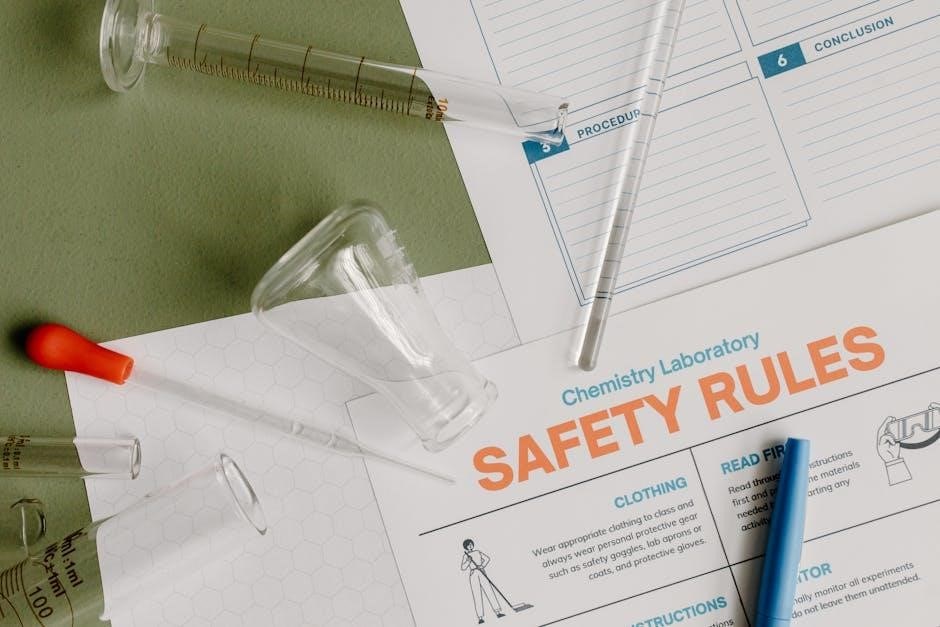
Adults must adhere to weight limits and demonstrate responsible behavior to ensure safe trampoline use. Avoid performing risky flips or somersaults without proper training, as this can lead to serious injury. Always inspect the trampoline before use, checking for wear and tear or loose parts. Supervise children and enforce safety rules to set a good example. Remove shoes and ensure clothing is secure to prevent accidents. Never exceed the maximum weight capacity, as this can compromise the trampoline’s structural integrity. Adults should also avoid using the trampoline under the influence of alcohol or when fatigued. Practicing caution and mindfulness ensures a safe experience for everyone.
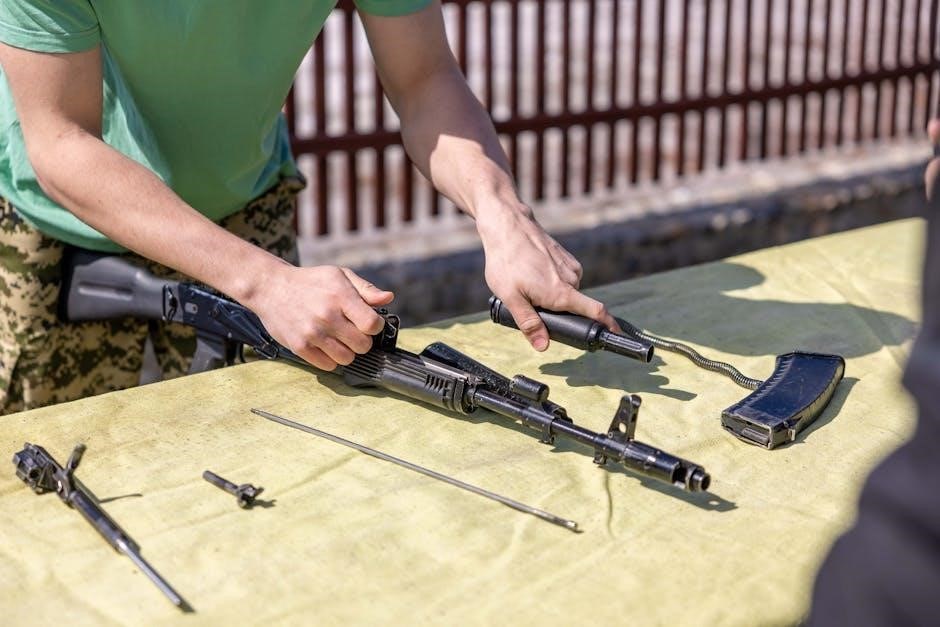
5.3. Safety Rules for Multiple Jumpers
When multiple users are on the trampoline, safety becomes even more critical. Always adhere to the maximum weight capacity specified in the manual to prevent structural damage. Ensure jumpers are of similar age and size to minimize collision risks. Avoid overcrowding, as it increases the likelihood of accidents. Encourage users to jump in a controlled manner and avoid reckless behavior. Supervise children closely and teach them to respect personal space while jumping. Remind all users to avoid horseplay, such as pushing or tackling, which can lead to injuries. One jumper at a time is often recommended to reduce hazards, especially for younger children. Promote a responsible jumping environment to ensure safety for everyone involved.
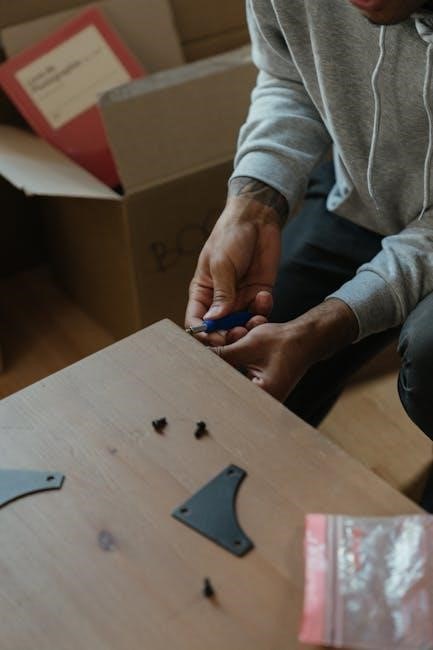
Troubleshooting Common Issues
Regularly inspect the trampoline for loose parts, worn springs, or damaged mats. Tighten screws, replace worn components, and repair tears promptly to ensure safe and durable use. Troubleshooting common issues like frame instability or net sagging can prevent accidents and extend the product’s lifespan. Always refer to the manual for specific repair guidance and maintenance tips.
6.1. Frame Maintenance and Repair
The trampoline frame requires regular maintenance to ensure durability and safety. Wipe the frame with a damp cloth occasionally to retain its finish. Always check that all Allen screws are tight to prevent instability. If any part of the frame is damaged or rusted, address it immediately. Apply rust-resistant treatments if necessary. Inspect the frame frequently, especially after extreme weather conditions. Neglecting frame maintenance can lead to structural weaknesses, increasing the risk of accidents. Refer to the manual for specific repair instructions and ensure all repairs are done correctly to maintain the trampoline’s integrity and safety standards.
6.2. Spring and Mat Care
Proper care of the springs and mat is crucial for optimal performance and safety. Avoid washing the mat as it may shrink or harden, reducing its durability. Inspect the mat regularly for signs of wear, such as holes or fraying edges, and replace it if damaged. Springs should be checked for rust or bending; lubricate them occasionally to maintain flexibility. Ensure all springs are securely attached to the frame and mat. Never jump on a trampoline with missing or loose springs, as this can lead to unsafe conditions. Address any issues promptly to prevent further damage and ensure a safe bouncing experience for all users.
6.3. Enclosure Net Maintenance
Regular maintenance of the trampoline enclosure net ensures safety and longevity. Inspect the net frequently for holes, frays, or loose threads. Clean the net with a mild detergent and water, avoiding harsh chemicals that may damage the material. Allow it to air dry completely to prevent mildew. Repair any small tears immediately using a patch kit to prevent further damage. Ensure the net is tightly secured to the trampoline frame at all times to avoid sagging or detachment during use. Replace the net if damage is extensive or irreparable. Proper net maintenance helps prevent accidents and ensures a secure environment for all users.
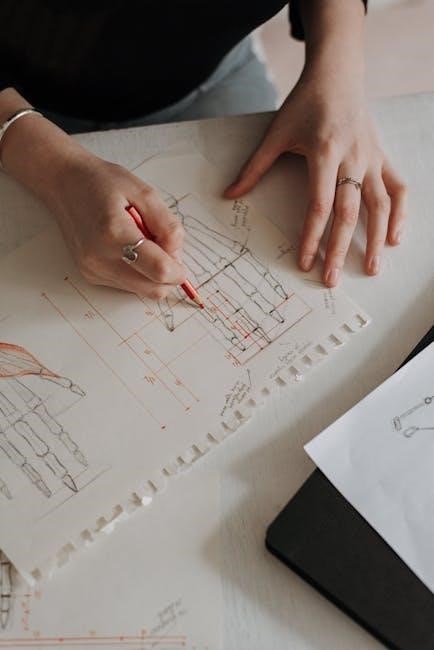
Additional Resources
Explore our glossary for trampoline terms, quick reference guide for easy tips, and contact information for support. These resources ensure safe and enjoyable trampoline experiences.
7.1. Glossary of Trampoline Terms

This section provides definitions for key trampoline-related terms. Frame: The metal structure supporting the trampoline. Spring: Connects the frame to the mat, enabling bounce. Mat: The jumping surface. Enclosure: A safety net surrounding the trampoline. Weight capacity: Maximum weight the trampoline can safely hold. Allen screws: Used for assembling and securing parts. Understanding these terms helps in proper setup, maintenance, and safe usage. Refer to this glossary for clarification on any unfamiliar terms encountered in the manual.
7.2. Quick Reference Guide
This guide provides a concise overview for easy reference:
- Safety Checks: Inspect the trampoline before each use, ensuring all parts are secure and undamaged.
- Assembly Tips: Follow the manual step-by-step; tighten all Allen screws regularly.
- Maintenance: Wipe the frame with a damp cloth; avoid washing the bed to prevent shrinkage.
- Troubleshooting: Replace worn or damaged springs and mats; check the enclosure net for tears.
- Emergency Contacts: Refer to the manual for support information or certified instructors.
Keep this guide handy for quick access to essential information.
7.3. Contact Information for Support
For assistance, contact our dedicated support team:
- Phone: 1-800-TRAMP-CARE (1-800-872-6227)
- Email: support@trampolinecare.com
- Website: www.trampolinecare.com
- Hours: Monday-Friday, 9 AM ‒ 6 PM EST
Visit our website for FAQs, manuals, and repair guides. Ensure all inquiries include your product model number for efficient service.
By following guidelines, you ensure a safe, enjoyable trampoline experience. Remember, safety and responsibility are key to maximizing fun for all users, now and always.
8.1. Final Safety Reminders
Always supervise children during trampoline use to prevent accidents. Ensure all safety equipment is intact and properly installed. Regularly inspect the frame, springs, and net for wear and tear. Follow weight limits and avoid overcrowding. Teach proper jumping techniques to minimize injury risks. Keep the surrounding area clear of obstacles. Never allow somersaults or flips without professional supervision. Check weather conditions and avoid use during strong winds or storms. Store the trampoline securely when not in use. Adhere to all safety guidelines outlined in the manual to ensure a safe and enjoyable experience for everyone.
8.2. Enjoying Your Trampoline Responsibly
To fully enjoy your trampoline, always balance fun with safety. Encourage users to follow guidelines and respect weight limits. Supervise children and teach proper jumping techniques. Regularly maintain the trampoline to ensure longevity and safety. Be mindful of neighbors by controlling noise levels and storing the trampoline securely when not in use. Encourage responsible behavior, such as no somersaults without proper training. By adhering to these practices, you can create a safe and enjoyable environment for everyone. Remember, responsible use ensures years of entertainment and memories for you and your family.
